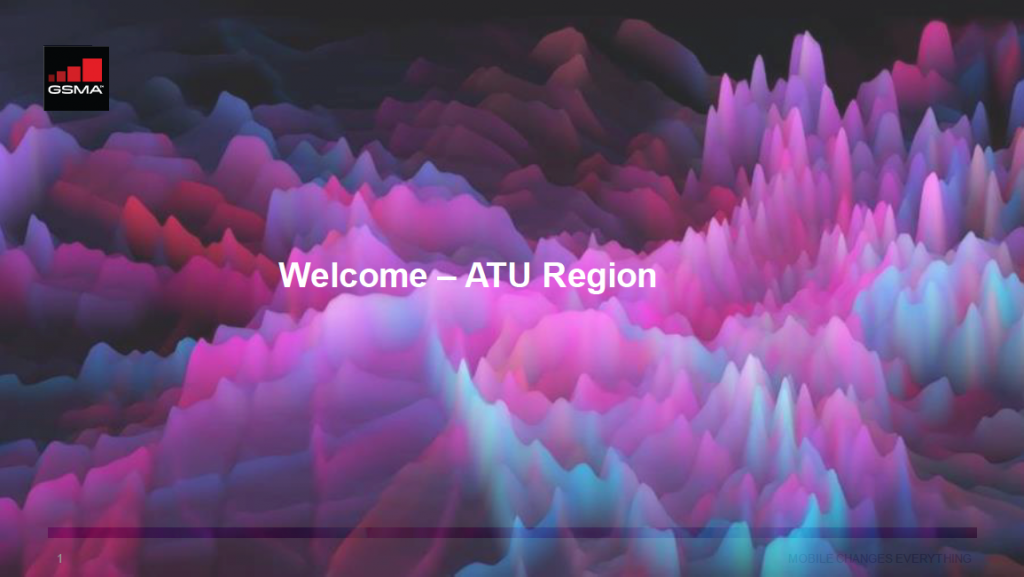CPM19-2: ATU lunchtime seminar on mmWave spectrum for 5G
- “Sub-Saharan Africa is expected to deliver $5.2 billion in GDP as a result of mmWave 5G.” (Luciana Camargos, Senior Director, Future Spectrum, the GSMA)
- “Our commercial 5G launch in Africa was possible because of a significant block of contiguous pioneer 5G spectrum.” (Shergen Padayachee, Executive Head, Technology & Wholesale, Vodacom Group)
- “Each stakeholder has a specific role to play in turning the IMT Vision contained into meaningful reality. As innovators the GSA member companies we have focused on enabling the variety of use cases envisaged by Report ITU-R M.2083.” (Elizabeth Migwalla, Senior Director Government Affairs-Africa, Qualcomm)
The GSMA welcomed delegates from ATU to a lunchtime seminar at CPM19-2 to discuss mmWave spectrum for the future of 5G.
Speakers from the GSMA, Vodacom and Qualcomm talked about how the right conditions for high-frequency 5G spectrum at WRC-19 can change how connectivity drives Africa forward. The outcome of WRC-19 will decide how mobile can maximise benefits from mmWaves.
These frequencies are needed to offer the highest performance levels from 5G. Services and applications in areas such as fixed broadband, industrial automation, intelligent transport systems and virtual reality can take advantage of a step-change in data speeds and capacity through millimetre waves.
At the CPM19-2 seminar, the GSMA also highlighted findings from its recently published report on the socio-economic benefits of mmWave 5G between 2020 and 2034. The Sub-Saharan African region is expected to deliver $5.2 billion in GDP as a result of mmWave 5G by 2034, with Nigeria and South Africa leading the way. Once 5G has taken off, the annual gain from mmWave 5G will grow much faster from 2026 onwards, closing the gap between the early and late adopters. But this is only possible if mmWave spectrum is identified for IMT.
The mobile industry is asking for the IMT identification of:
- 26 GHz (24.25-27.5 GHz);
- 40 GHz (37-43.5 GHz);
- 66-71 GHz – with flexibility to enable IMT and non-IMT technologies.
Because of the large amount of spectrum required, 45.5-52.6 GHz must also be considered. IMT identification must also come with conditions that allow mobile operators to make the most of these bands. Optimal technical conditions must be applied to protect other services while unlocking the full potential of 5G.
